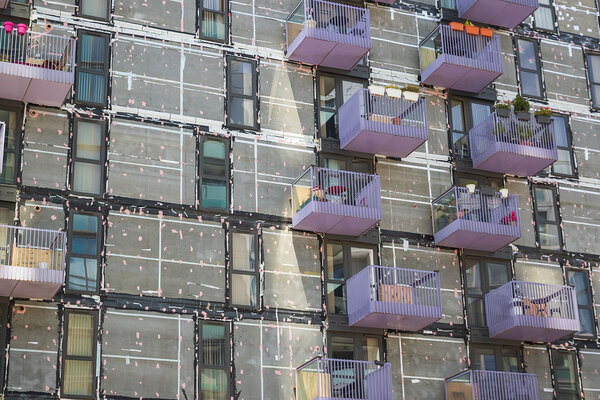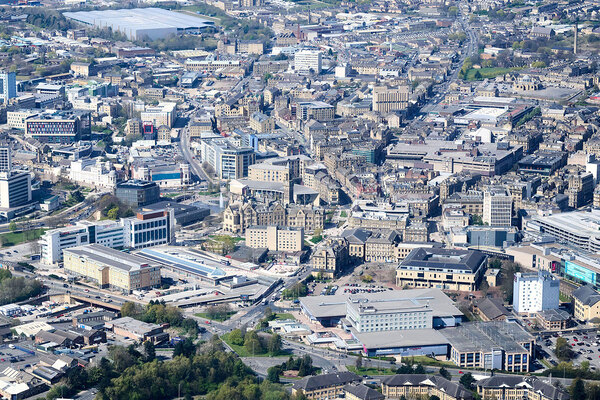 Jules Birch
Jules BirchWhat the Great Fire of London can teach us about the cladding scandal
Jules Birch considers whether the government of today could learn anything from how the country responded to the Great Fire of London

A disaster strikes, afflicting hundreds of buildings, and work to rebuild them is held back by arguments about who should pay.
Not 2021 after Grenfell, but 1666 after the Great Fire of London – and not, to start off with, here in this column but in an episode of The Long View from before Christmas.
Keeping tabs on the latest development in the cladding scandal, I couldn’t help thinking back to the Radio 4 series that draws enlightening parallels between contemporary and historic events.
As it turned out, the programme was comparing the legal backlog caused by COVID-19 to the one triggered by arguments about who should pay to rebuild the City of London after the fire.
But the parallels are arguably even stronger with the fire safety crisis, and maybe the lessons are too.
The Great Fire destroyed about 80% of the City of London and more than 13,000 homes. The law said that tenant leaseholders rather than landlord freeholders should pay, but that meant an impasse. Why should they, when their lease had little time to run, when a typical building had been sub-let over and over again and when the fire was not their fault?
With many facing financial ruin and forecast it would take years to rebuild, parliament set up special Fire Courts that extended lease terms and reduced rents, giving tenants a financial incentive to rebuild.
Not stopping there, the rebuilding of the rest of the city was mostly funded by borrowing against the revenue from a new tax on coal coming into London.
“At every stage, it’s appealed unsuccessfully to developers and freeholders to ‘do the right thing’ and watched as the scandal and the bill have grown faster than the inadequate remediation funds it has grudgingly announced”
More than three and a half years on from Grenfell, the government is still locked in a battle with leaseholders over who should pay to make buildings safe.
At every stage, it’s appealed unsuccessfully to developers and freeholders to ‘do the right thing’ and watched as the scandal and the bill have grown faster than the inadequate remediation funds it has grudgingly announced.
Following housing secretary Robert Jenrick’s announcement last week, there is just over £5bn to fix a problem worth at least three times that, which arguably now affects most of the new flats built in this century.
As MP after MP, including many Tories, said in Labour’s opposition day debate, the starting point has to be that leaseholders should not pay.
But neither should social landlords, because that means the bill will effectively fall on other tenants and shared owners or people waiting for new homes that will not be built.
So where should the money come from? What happened after London burned down in 1666 offers some hints that seemingly intractable legal problems can be fixed and money can be found.
Maybe extending leases and reducing service charges could be part of the mix. A 21st century version of the coal tax would allow borrowing against a long-term levy on future development that would spread the costs and perhaps give credit to those companies that have ‘done the right thing’ and fixed their buildings already while penalising the suppliers shamed at the Grenfell Inquiry.
The parallels can only go so far and cover so many modern complexities, but the aftermath of the Great Fire does have one more lesson to offer.
Legislation introduced then formed the basis of our system of building safety for centuries, until successive governments began to water them down in the name of cutting ‘red tape’. Which is why, pending ministers’ appearance at the inquiry later this year, it must pay its share too.
Jules Birch writes exclusive columns for Inside Housing
Sign up for our fire safety newsletter
Already have an account? Click here to manage your newsletters
Sign up for our Retrofit Challenge Virtual Summit
If topics such as those mentioned in the above article are of interest to you, register for our Retrofit Challenge Virtual Summit here.













